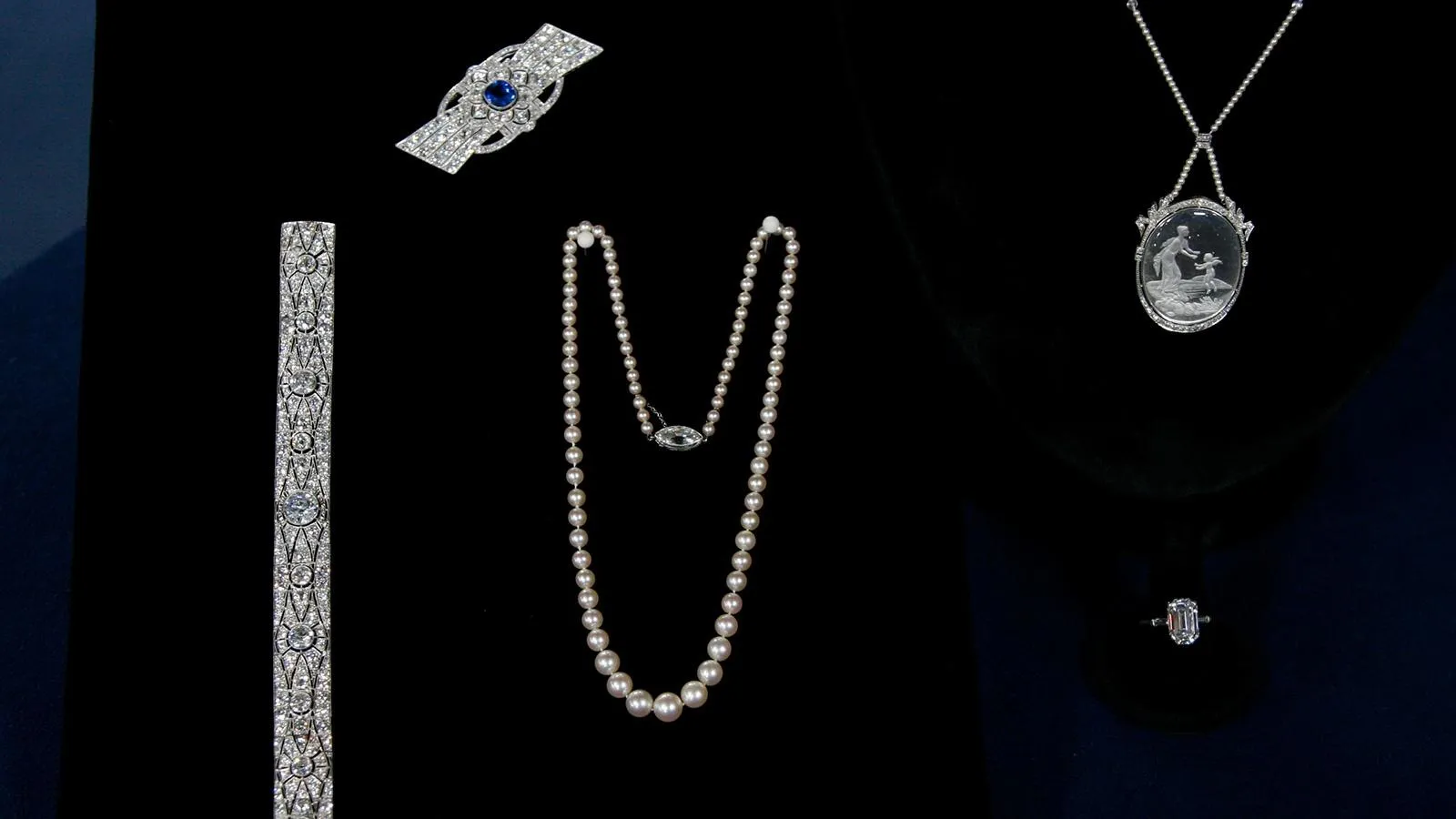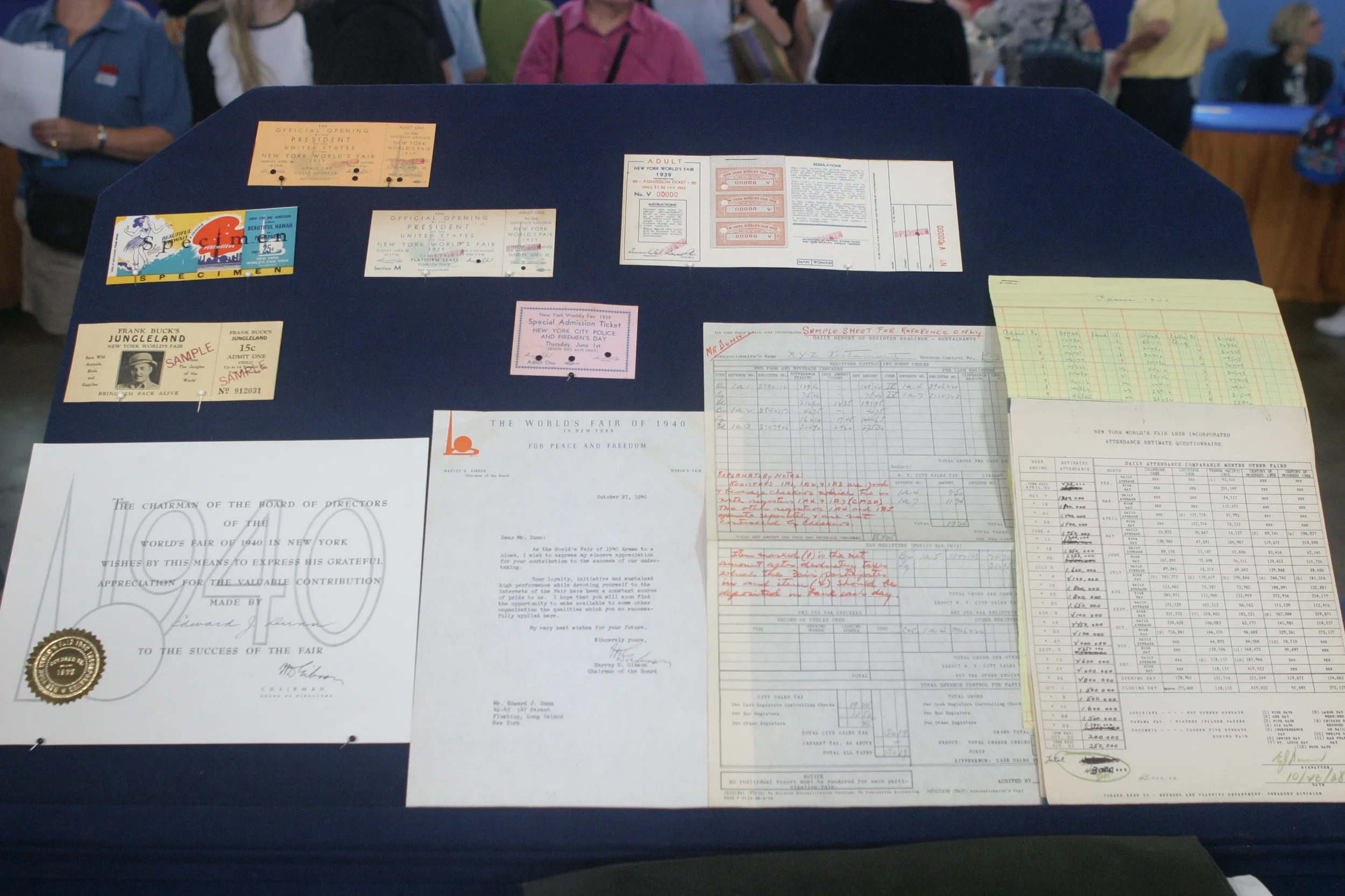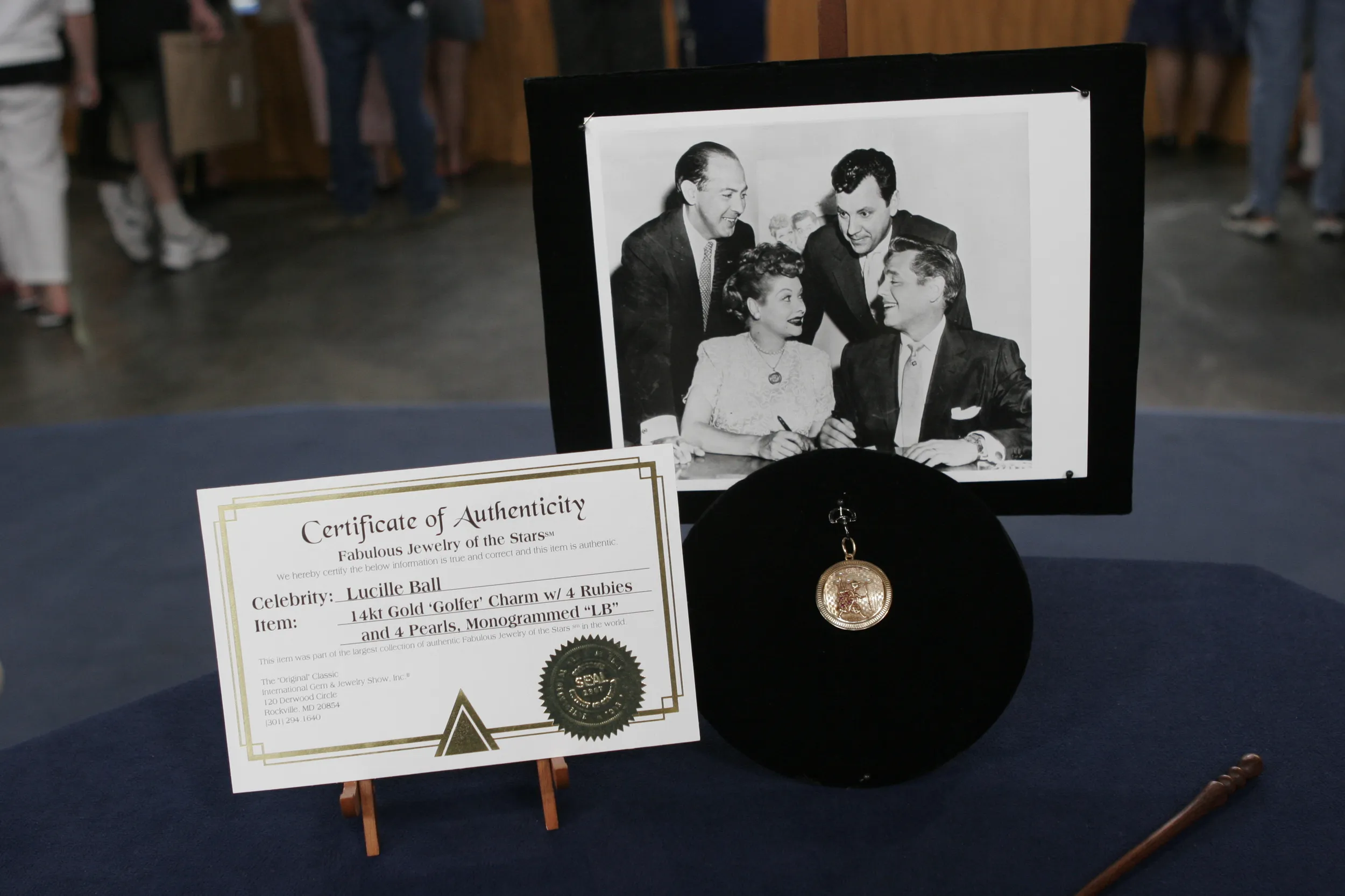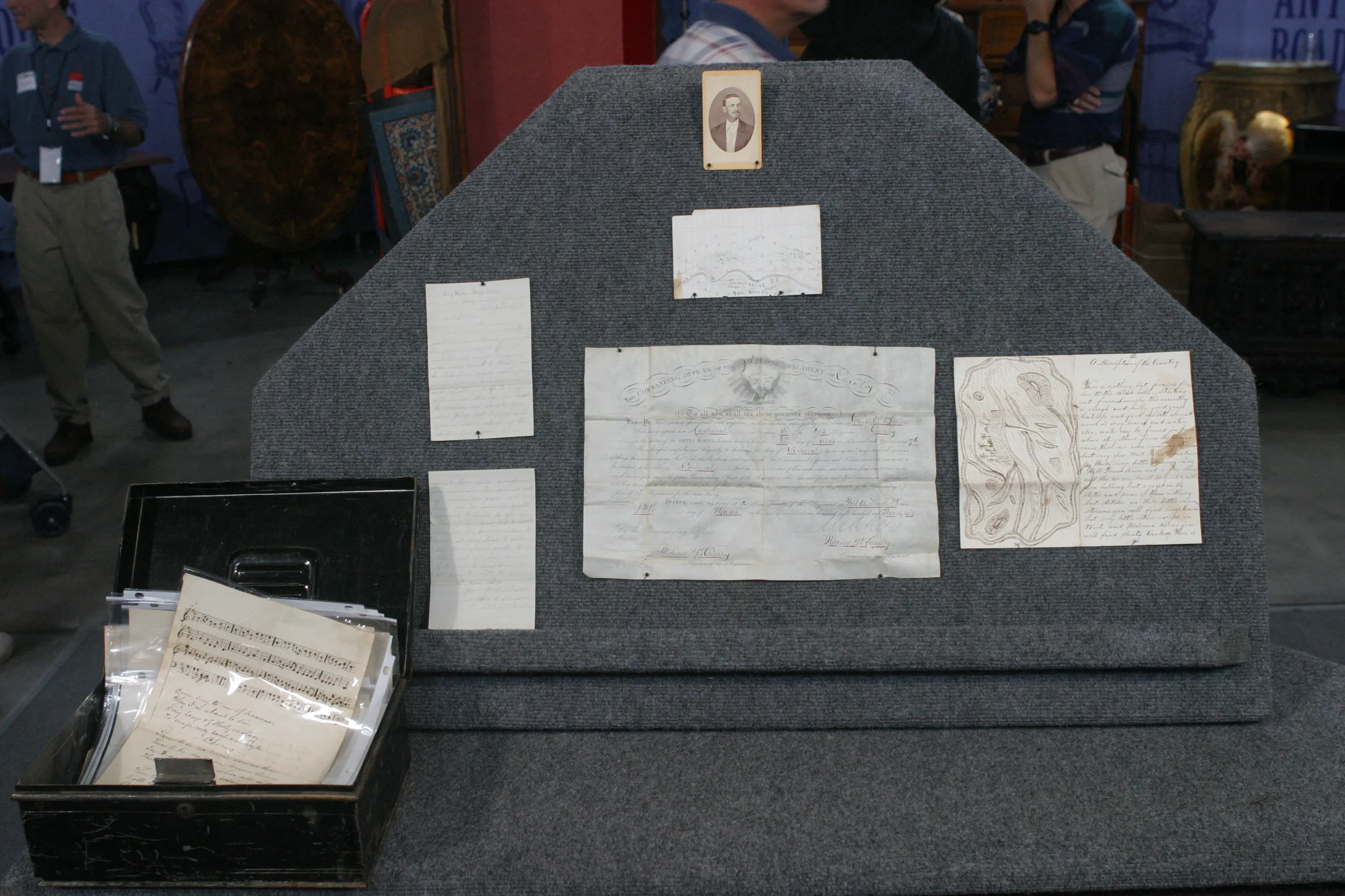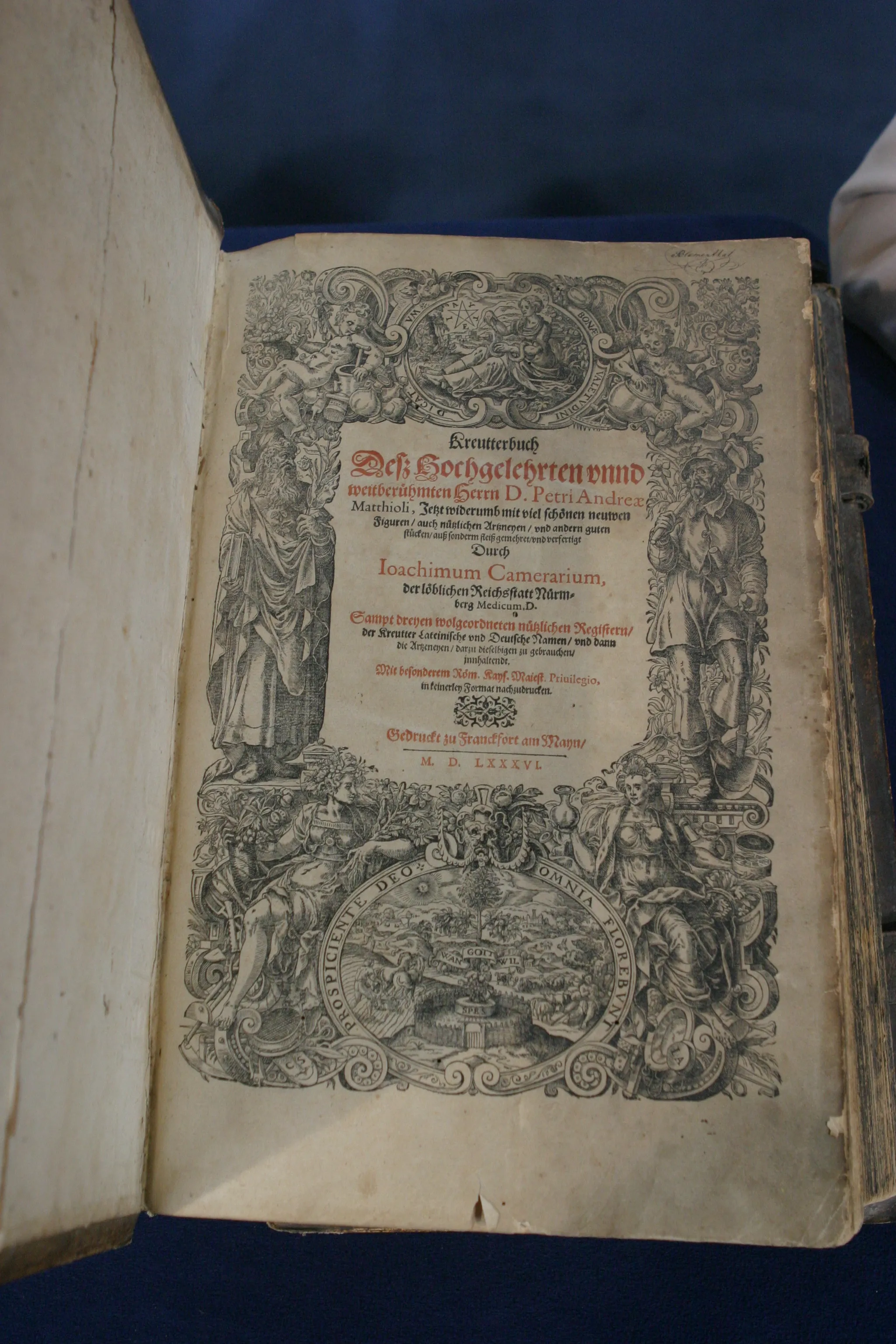GUEST: I've brought in a pistol that's been in my family for a couple of generations, anyway. My mother told us that her father, who was a federal district court judge in Wisconsin, took this gun after a murder trial. The gun was apparently the murder weapon. He presided over the trial, and the murderer, he was put away, he was found guilty. And the gun's been in our family since then.
APPRAISER: When was this?
GUEST: That would have been in probably the 1920s or so. He used to ride the circuit between northern Wisconsin and southern Wisconsin. It was a little bit Wild West-ish, and also, it was Prohibition back then, and there was a lot of bootlegging in Wisconsin and through Wisconsin to Chicago.
APPRAISER: Mm-hmm. And do you know what the pistol is?
GUEST: Just what the box says. It's a .38 caliber. The marking looks like it says "1877" on the pistol and in the box. But other than that, no.
APPRAISER: Yeah. Well, 1877 on the pistol is the patent date.
GUEST: Oh, okay.
APPRAISER: And it was patented by the manufacturers Hopkins and Allen in Norwich, Connecticut.
GUEST: Oh, okay.
APPRAISER: Now, what this also says, it says "Merwin Hulbert." Now, Merwin and Hulbert, they were the agents and dealers for Hopkins and Allen's.
GUEST: Oh, okay.
APPRAISER: Hopkins and Allen's was the successor firm to the Bacon Manufacturing Company, also of Norwich, Connecticut. And they started business in 1868 and went on to make many hundreds of thousands of guns until 1915. Merwin Hulbert, they represented Hopkins and Allen in the 1880s, so this pistol was probably made around the 1880s. Which is interesting, because it was used in a crime at some time in 1920s. What's also interesting, too, is the quality of the pistol, and, and that, you know, whoever used it must have been a gentleman.
GUEST: Well, you see, I always thought that, you know, with all the engraving on it, it's really pretty.
APPRAISER: Yeah, mm-hmm
GUEST: And I assumed, this seems so, you know, a lot fancier than just a murderer's pistol, you know?
APPRAISER: Yeah, this is obviously a very deluxe pistol. It has this fine engraved and punched scrollwork. And it has this little scene panel of a game bird and these ivory grips, which have this wonderful, mellow patina.
GUEST: Yeah.
APPRAISER: What's also very special about this is, it's, it appears to be in its original box with the instructions on how to use it. This also shows the international basis in, essentially, the arms trade, even in the 1880s, is because not only are the instructions in English, but they're also in Spanish.
GUEST: Right.
APPRAISER: Which meant that many of them were destined for export. Well, in this condition and this quality, and with the original box-- even though the box has, obviously has some significant damage to it-- I would estimate at auction, it would probably fetch somewhere between $3,000 and $5,000.
GUEST: Oh, my God.
APPRAISER: Mm-hmm.
GUEST: Oh, that's fantastic.
APPRAISER: Yeah, thanks for bringing it in.
GUEST: Oh, gee, thank you very much.



